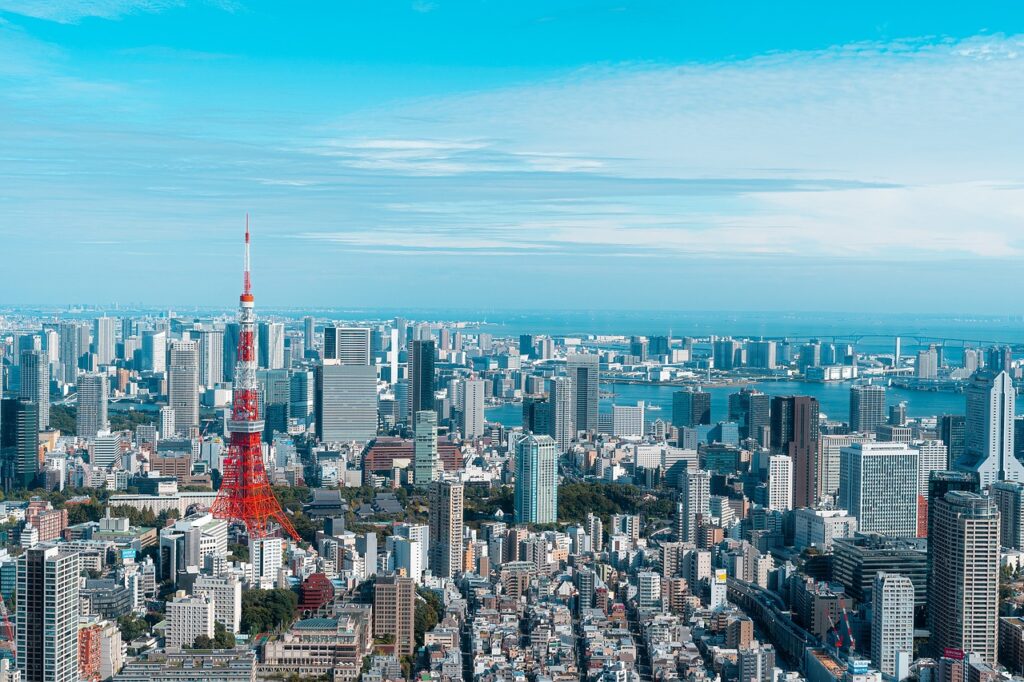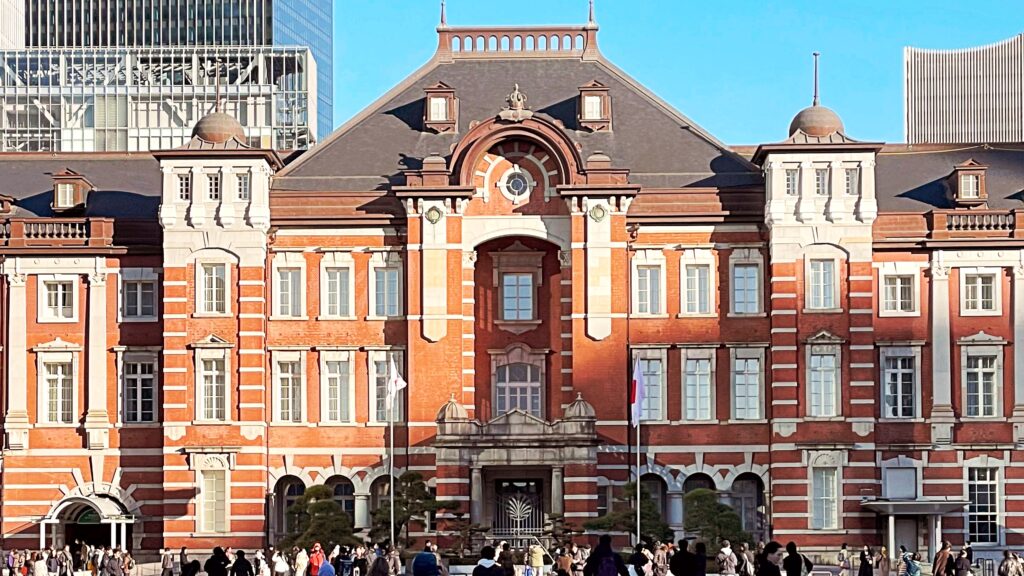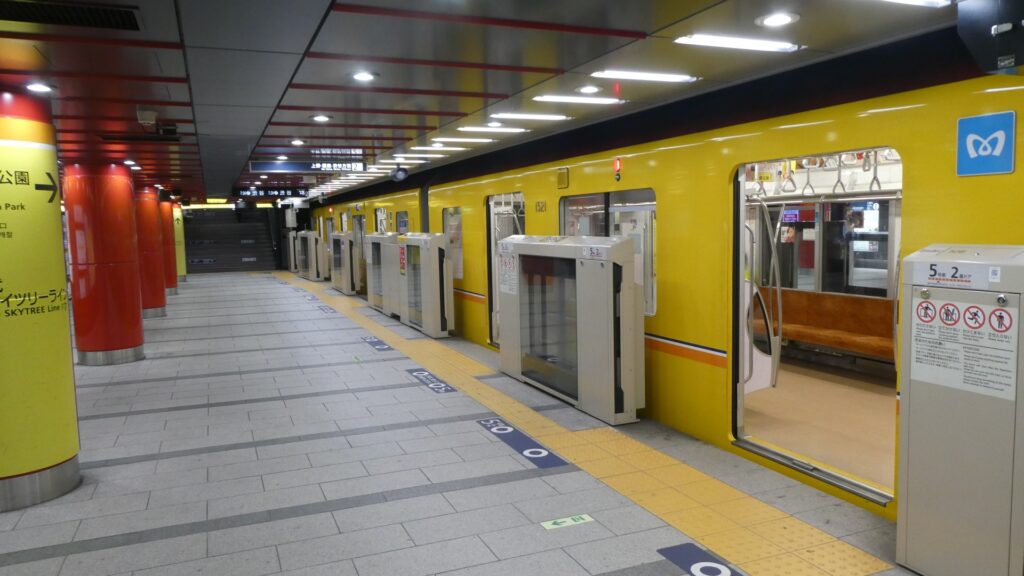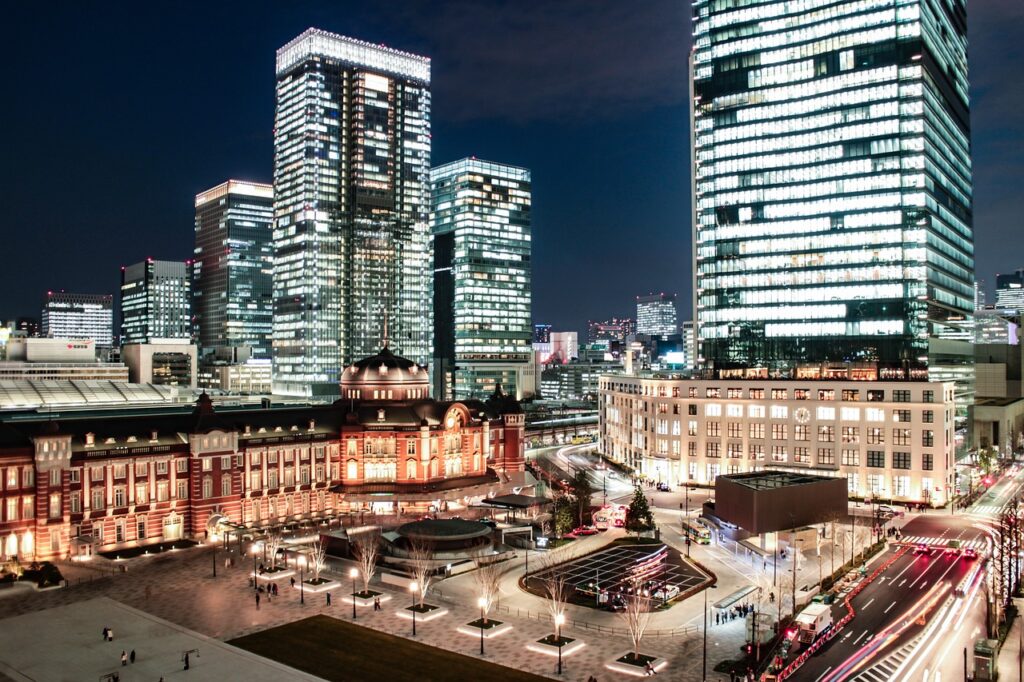Planning a trip to Tokyo? Japan’s dazzling capital is a dream destination for millions of travelers each year. With its vibrant neighborhoods, world-class cuisine, ancient temples, and futuristic skylines, Tokyo promises a once-in-a-lifetime experience.
While Tokyo is often praised for being clean, safe, and incredibly efficient, there are still important Tokyo travel warnings and tips that every visitor should know. Even seasoned travelers can run into unexpected surprises.
In this comprehensive guide, we’ll break down the key things to watch out for when visiting Tokyo—so you can avoid common pitfalls, respect local customs, and enjoy a stress-free adventure in one of the world’s most exciting cities.
🗼Tokyo May Be Safer Than Your Hometown — But Don’t Let Your Guard Down
Is Tokyo safe for tourists? Absolutely. In fact, Tokyo is regularly ranked as one of the safest cities in the world. Violent crime is extremely rare, and incidents like theft or pickpocketing occur far less frequently than in many major Western cities such as New York or Paris.
However, as highlighted in many Tokyo Travel Warnings, “safe” doesn’t mean completely risk-free. While Tokyo is remarkably secure for solo travelers, women, and families, there are still a few safety tips every tourist should know.
In busy areas like Shibuya, Shinjuku Station, and Harajuku, always keep a close eye on your bags and valuables, especially during peak hours. Pickpocketing is uncommon, but opportunistic theft can still happen—especially in crowded trains or tourist hotspots.
Another important point often mentioned in Tokyo Travel Warnings is nightlife safety. When exploring districts such as Kabukicho in Shinjuku or Roppongi, be extra cautious. These areas are known for their entertainment venues, but they also have a reputation for tourist scams, including overpriced bars, hidden cover charges, and even drink-spiking in rare cases. Street promoters—sometimes called “touts”—may aggressively invite you into bars or clubs with “special deals.” It’s best to decline and walk away.
💴Cash Is Still King in Many Places - Travel Warnig
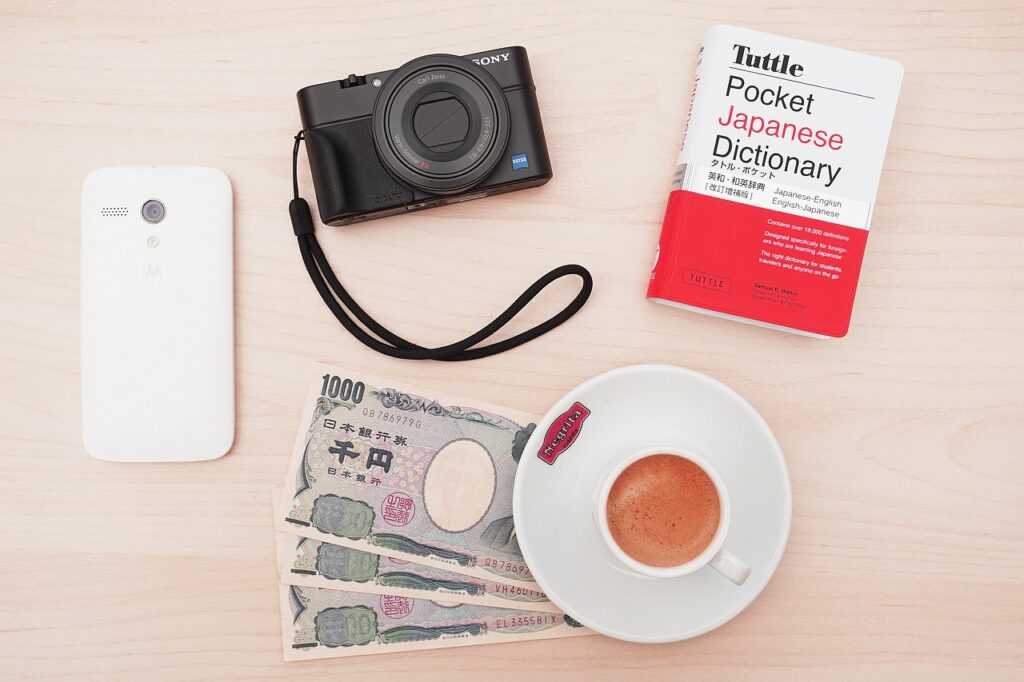
Japan is gradually becoming more cashless, especially in major chains and transport systems, but don’t expect every shop or restaurant to accept cards.
- Many smaller establishments, local izakayas, or family-run businesses only take cash.
- ATMs that accept international cards can be limited. The most reliable options are inside 7-Eleven, FamilyMart, or Japan Post Bank.
Japan remains a cash-driven society due to several factors: a strong trust in cash for security and privacy, low crime rates, high transaction fees for card payments, and a cultural preference for tangible money. Additionally, widespread ATM access and slow adoption of digital payments contribute to the continued use of cash.
A part of Tokyo Travel Warnings:
Don’t rely solely on your credit or debit card. Carry enough Japanese yen (especially ¥1,000 notes and coins) to cover food, transportation, and small purchases.
🚃Tokyo’s Transportation System Can Be Overwhelming
Tokyo’s public transportation system is one of the most efficient in the world—it’s fast, clean, and remarkably punctual. However, for first-time travelers, it can be a bit overwhelming due to its complexity and the presence of multiple railway companies.
There are several train operators in Tokyo, including JR East (Japan Rail), Tokyo Metro, and Toei Subway, among others. While they are all well-connected, transferring between different companies may require separate fares, or the use of a prepaid IC card such as Suica or Pasmo.
These rechargeable cards allow seamless travel on nearly all trains, subways, and buses in Tokyo and even in other major cities like Osaka and Kyoto. You can purchase them at airport kiosks, convenience stores, or train stations.
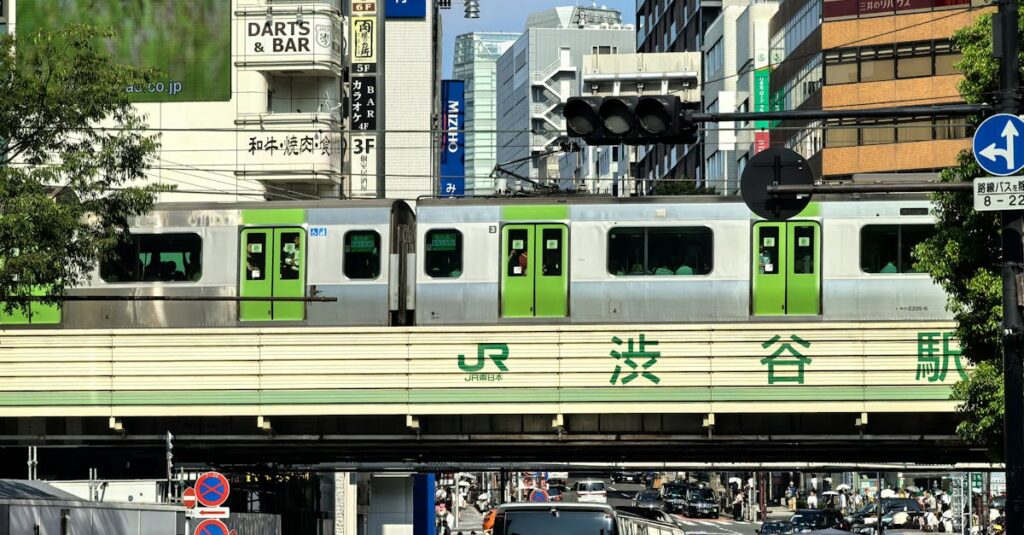
Important Tokyo train tips:
- Trains stop running around midnight, and missing the last train can mean an expensive taxi ride—especially since Tokyo’s taxis have night surcharges.
- During rush hours (7:30–9:00 AM and 5:00–7:00 PM), trains can be extremely packed. If you’re carrying luggage, it’s best to avoid these times.
- Use apps like Google Maps, NAVITIME, or Japan Travel by NAVITIME to plan routes and check train schedules in real-time.
- Most stations have English signs and helpful staff, but smaller stations may not have English-speaking attendants, so having a navigation app is essential.
Travel Tip:
For the easiest experience, get a Suica or Pasmo card as soon as you arrive. It saves you from buying individual tickets and speeds up your travel across Tokyo’s vast network.
Want to learn more about Tokyo’s train system? Check out this article!
🇯🇵Language Barriers Can Still Be an Issue
Despite Tokyo being a global city, many locals don’t speak fluent English. In tourist zones, signs and menus may be in English, but once you venture into local neighborhoods, this becomes less common.
- Don’t expect taxi drivers, convenience store clerks, or restaurant staff to understand complex English questions.
- Communication apps like Google Translate and Papago, or carrying a simple phrasebook, can help.
Cultural Note:
Japanese people are incredibly polite and will try to help, but be patient and keep communication simple.
Why English Isn’t Widely Spoken in Japan?
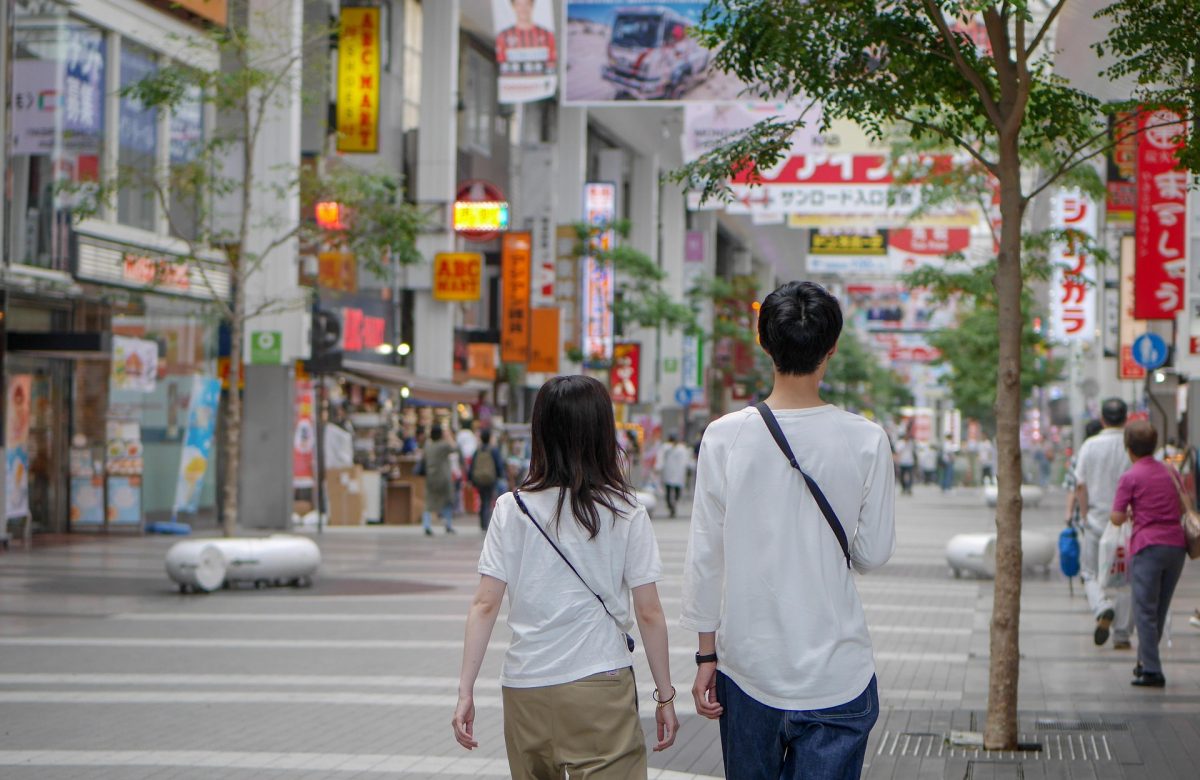
1. Education Focuses on Grammar, Not Conversation
Japanese students study English for six years or more in school, but the emphasis is largely on grammar, vocabulary, and exam preparation rather than speaking and listening. As a result, many people can read and write basic English but struggle to use it in conversation.
2. Fear of Making Mistakes
In Japanese culture, there is a strong emphasis on not making errors, especially in public. Many people are hesitant to speak English because they’re afraid of using the wrong word or having a poor accent, which can lead to silence even when they understand what’s being said.
3. English Isn’t Needed in Daily Life
Japan is a self-sufficient, monolingual society. Everything—from education to business to entertainment—functions almost entirely in Japanese. This means most people can live, work, and succeed in life without ever needing to speak English.
4. Higher Education Is Entirely in Japanese
Unlike in many other countries where university programs are taught in English or require English proficiency, Japanese students can complete their entire education in Japanese. This reduces the practical need for English, even among professionals.
5. Technology Reduces the Need for Human English Skills
With the rise of translation apps, multilingual signage, and automated services, travelers can now navigate Japan without needing to speak Japanese—or locals needing to speak English. While this makes travel more convenient, it also lowers the pressure for locals to learn English.
Cultural Note:
Japanese people are incredibly polite and will try to help, but be patient and keep communication simple.
😕Cultural Etiquette Is Deeply Respected
Japanese society places a strong emphasis on politeness, respect, and consideration for others. These values are deeply rooted in daily life and shape everything from social interactions to public behavior. While Japan is generally very welcoming to foreigners, travelers are still expected to show basic awareness and respect for local customs—even if they’re unfamiliar or very different from what you’re used to at home.
Failing to follow certain unspoken rules of etiquette may not result in direct confrontation, but it can make others uncomfortable or leave a negative impression. To help you avoid awkward situations and travel more smoothly, here are some of the most common etiquette mistakes to avoid in Japan:
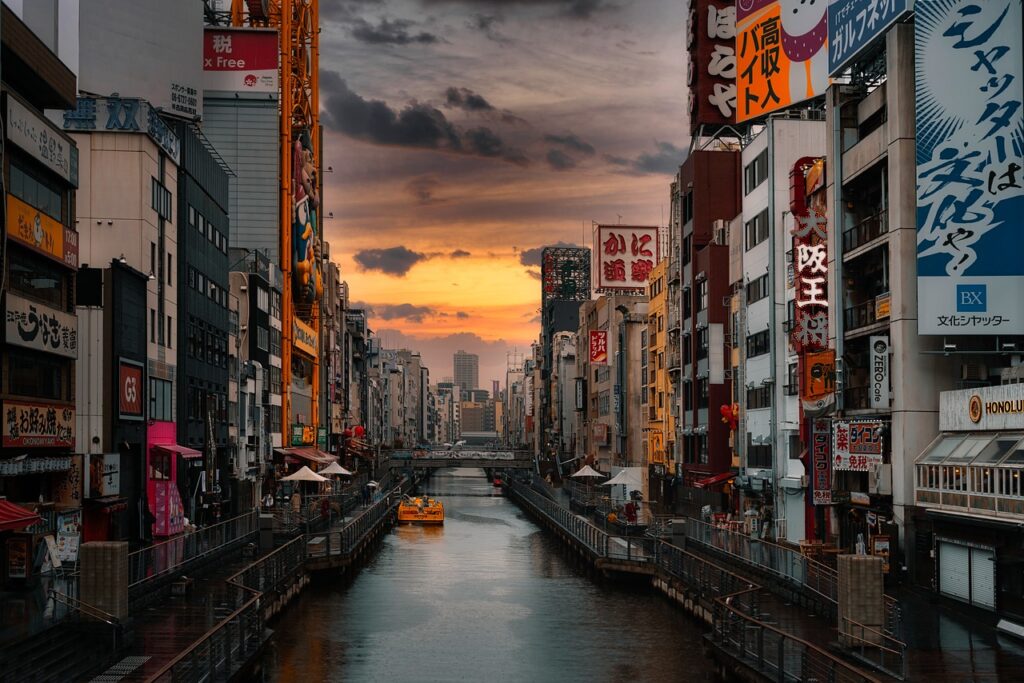
🚫Tokyo Travel Warning: Common Etiquette Mistakes in Japan
- Speaking loudly in public, especially on trains
Japanese trains and buses are usually very quiet. People avoid talking on the phone or speaking loudly so as not to disturb others. As a visitor, it’s considered polite to keep your voice down when using public transportation or spending time in enclosed public areas like elevators or cafes.
- Eating while walking
In most parts of Japan, eating while walking down the street is seen as messy or inconsiderate. While it’s okay to enjoy street food at festivals or in designated eating areas near convenience stores, it’s best to stop and eat before continuing on your way. Look for benches or standing tables nearby.
- Wearing shoes indoors
One of the most important customs is removing your shoes before entering someone’s home, certain restaurants with tatami floors, temples, or traditional inns (ryokan). Look for a small area called a “genkan” (entranceway), where you should take off your shoes and often switch to indoor slippers. Wearing shoes indoors is considered unhygienic and disrespectful.
- Tipping is not common
Unlike in many Western countries, tipping is not part of Japanese culture. In fact, leaving extra money after a meal or a service can cause confusion or even offense. Great service is already included in the price, and staff take pride in providing it without expecting additional rewards.
Travel Tip: A Little Courtesy Goes a Long Way
Taking time to learn even a few basic Japanese phrases, such as “hello” (こんにちは / konnichiwa), “thank you” (ありがとう / arigatou), and “excuse me” (すみません / sumimasen), will make a big difference. Japanese people deeply appreciate when visitors make an effort to understand and respect their culture.
Being mindful of simple etiquette not only helps you avoid cultural faux pas, but it also creates more meaningful and positive interactions during your stay. Show respect, stay aware, and you’ll often be met with warmth, kindness, and maybe even a few smiles from the locals.
🗑️Prepare for Limited Trash Bins and Strict Recycling
Back in 1995, Tokyo experienced a domestic terrorist attack known as the Tokyo subway sarin gas attack, in which deadly chemicals were hidden inside public trash bins. As a result of this tragic event, many public garbage containers were permanently removed from train stations and other busy areas to enhance public safety. Since then, the city has kept this policy in place.
As part of Tokyo Travel Warnings tourists should know, it’s common to find no trash cans on the streets—even in parks or near vending machines. A few may exist near convenience stores or train station exits, but they are often reserved for sorting recyclables like cans and bottles.

🧍 So What Do Locals Do with Their Trash?
The answer is simple: they take it home. It’s completely normal in Japan to carry your garbage with you throughout the day and dispose of it properly once you return home or to your hotel. People often keep a small plastic bag or pouch in their backpack for this exact purpose.
What’s more, Japan has a strict and detailed recycling system. In most neighborhoods, residents separate waste into categories like burnable, non-burnable, plastic, PET bottles, glass, and more. This culture of personal responsibility contributes greatly to the city’s cleanliness.
Travel Tip: Be Trash-Smart in Tokyo
Since you won’t find many trash bins while you’re out exploring, it’s a good idea to carry a small, portable trash bag or reusable pouch in your day bag. This way, you can store wrappers, tissues, or drink bottles until you find an appropriate place to dispose of them—usually at your hotel or a convenience store that allows it.
Being prepared not only makes your day smoother but also helps you respect local customs and keep the city clean, just like the locals do.
7. Tokyo’s Weather Can Be Unexpected
Tokyo has four distinct seasons, each with its own travel challenges:
🌸 Cherry Blossom Season (Late March to Early April): Stunning but Crowded
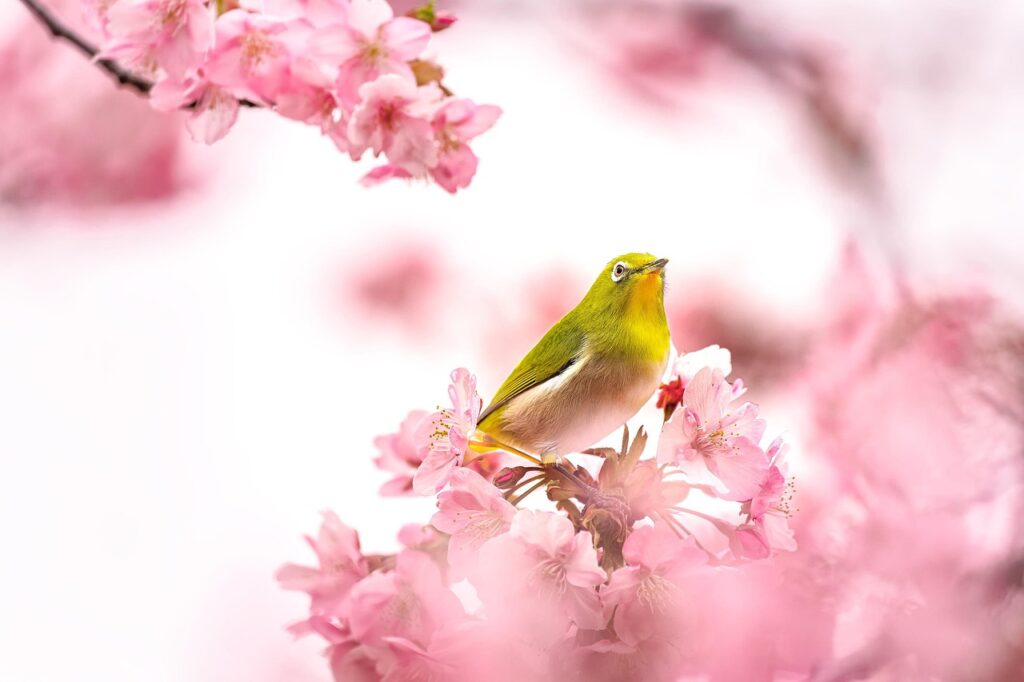
This is one of the most popular times to visit Tokyo—and for good reason. The city is transformed by the blooming of sakura (cherry blossoms), creating postcard-perfect views in parks and along rivers.
- Expect large crowds at famous cherry blossom spots like Ueno Park, Meguro River, and Shinjuku Gyoen.
- Hotel and flight prices can spike during this season, so it’s best to book months in advance.
- Days are mild, but evenings can still be cool. A light jacket is essential.
🌧️ Rainy Season (Mid-June to Mid-July): Daily Showers and Sudden Downpours
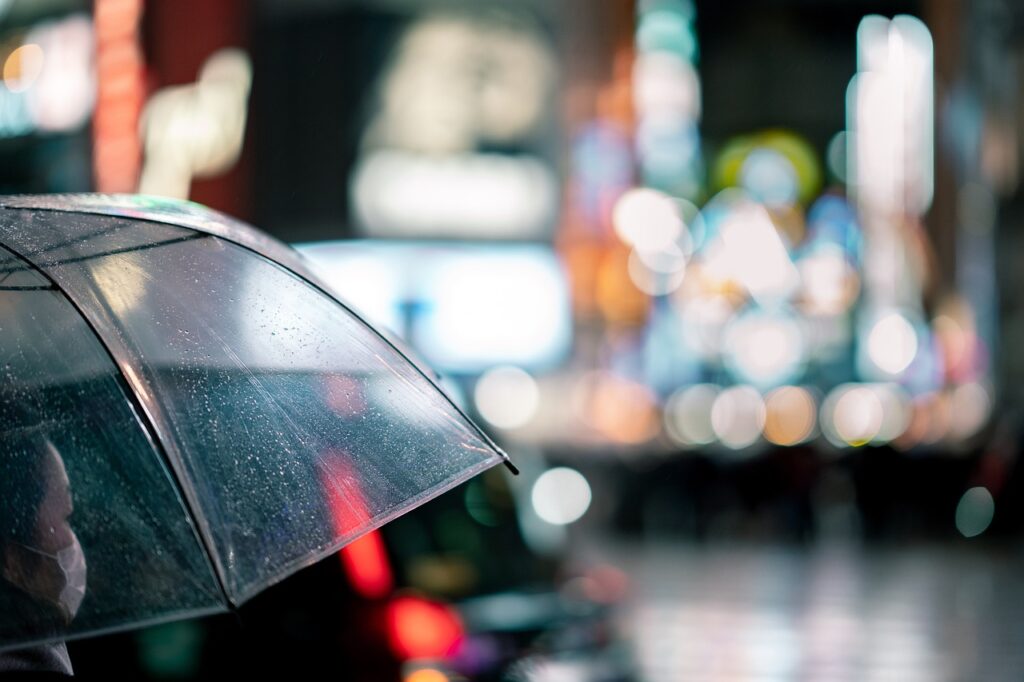
Known as tsuyu, the rainy season marks the start of summer in Japan. It doesn’t rain all day every day, but you’ll likely see frequent, unpredictable showers.
- Always carry a compact umbrella or lightweight raincoat.
- Footwear matters—consider water-resistant shoes or sandals with good grip.
- Despite the rain, this is still a great time to enjoy museums, shopping malls, and indoor attractions.
Packing Tip:
Always check the seasonal forecast before your trip and dress accordingly. A compact umbrella and breathable clothing are lifesavers in Tokyo’s unpredictable weather.
☀️ Summer (June to August): Hot, Humid, and Sometimes Stormy

Summer in Tokyo can be intense. Temperatures often soar above 30°C (86°F), and the humidity can make it feel even hotter. Combine that with the rainy season in June and the occasional typhoon in August, and you’ve got a climate that demands preparation.
- Heatstroke is a real concern, especially if you’re walking around all day. Stay hydrated, rest in air-conditioned spaces, and avoid being outdoors during the hottest hours (11am–3pm).
- Use sunscreen, wear a hat, and bring a foldable fan or cooling towel.
- Many convenience stores sell cold drinks, portable fans, and even ice packs—don’t hesitate to use them.
🍁 Autumn (September to November): Mild, Colorful, and Comfortable
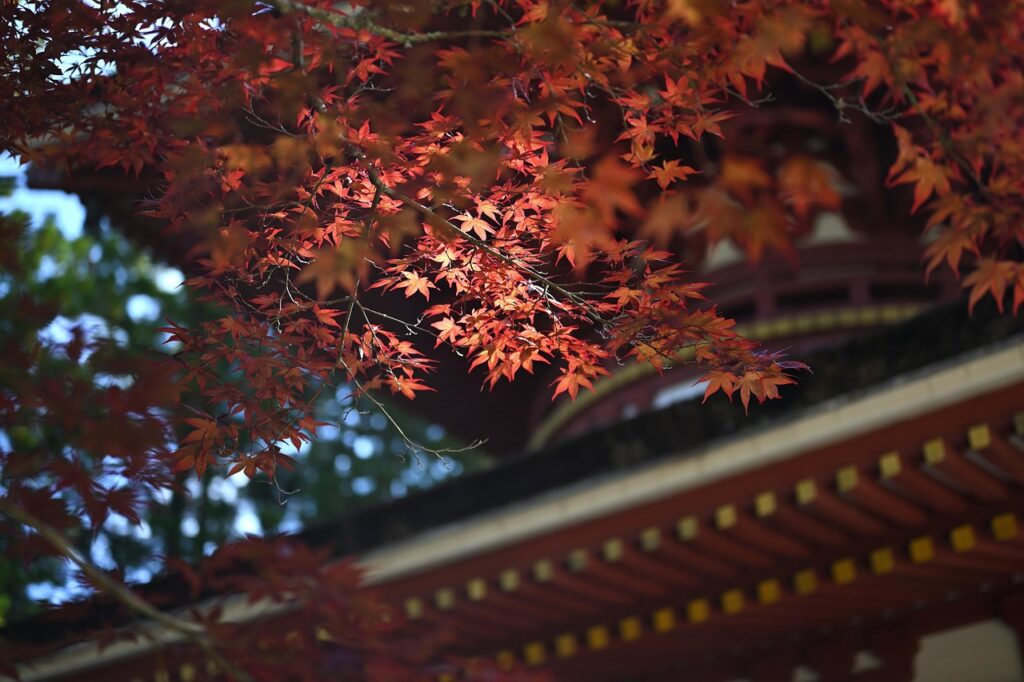
Tokyo’s autumn is one of the best times to visit. The weather is pleasant, the air is crisp, and the city is filled with vibrant fall colors. It’s a favorite season for both locals and travelers.
Temperatures range from 15–25°C (59–77°F), gradually getting cooler from September to November.
Wear light layers—a sweater or jacket is usually enough, but mornings and evenings can be a bit chilly.
It’s the season for tasty treats like roasted sweet potatoes, chestnut desserts, and seasonal drinks.
While mostly dry, early September may still have some rain or the tail end of typhoons—keep an eye on forecasts.
❄️ Winter (December to February): Chilly, Crisp, and Mostly Dry
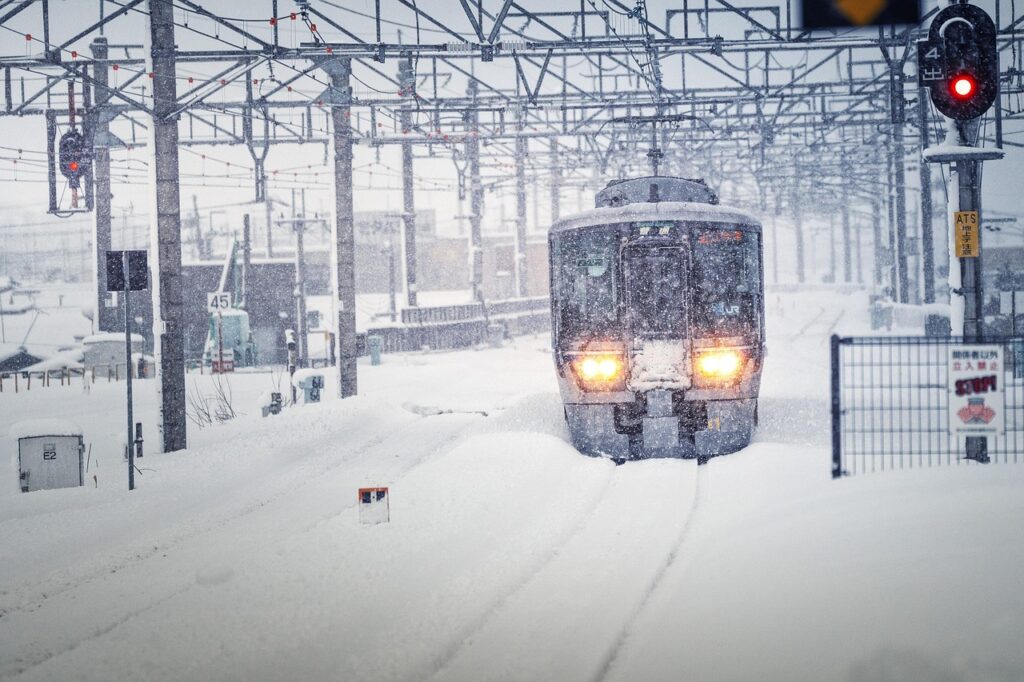
Tokyo winters are relatively mild compared to other parts of Japan, but temperatures can still drop to 3–8°C (37–46°F). While snow is rare, mornings and evenings can feel quite cold due to the dry air.
- needed, especially at night.
- It’s a great season for sightseeing, as the skies are often clear and tourist spots are less crowded.
- Public transport and indoor venues are well-heated, so having layers you can remove is helpful.
Packing Tip:
Always check the seasonal forecast before your trip and dress accordingly. A compact umbrella and breathable clothing are lifesavers in Tokyo’s unpredictable weather.
Enjoy Tokyo With Confidence
Tokyo is a city that combines the ultra-modern with the deeply traditional in the most seamless way. By being aware of these travel warnings and respecting local customs, you’ll not only avoid common mistakes but also gain a deeper appreciation for Japanese culture.
Tokyo isn’t a place to rush through—it’s a city to be experienced slowly, mindfully, and with open eyes. Prepare well, travel smart, and you’ll leave with memories that last a lifetime.
